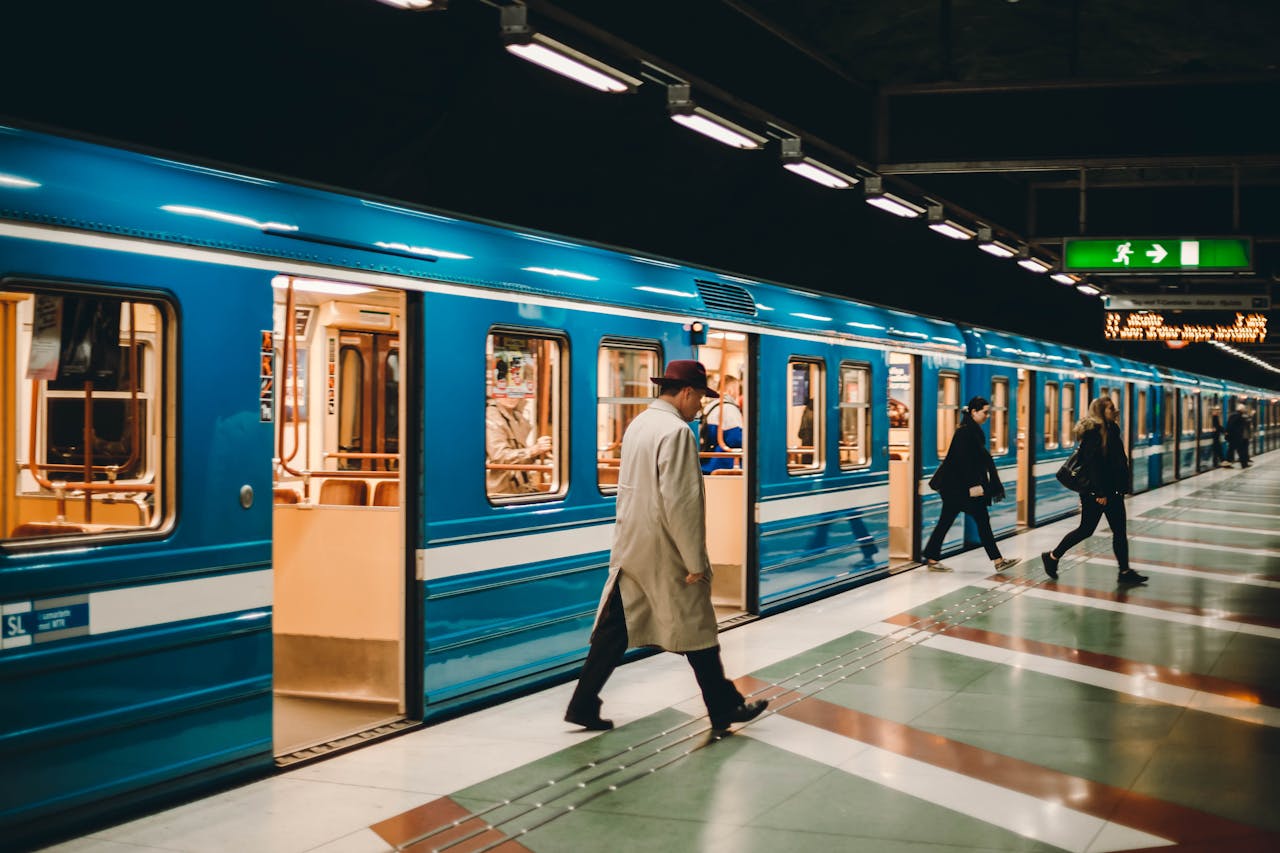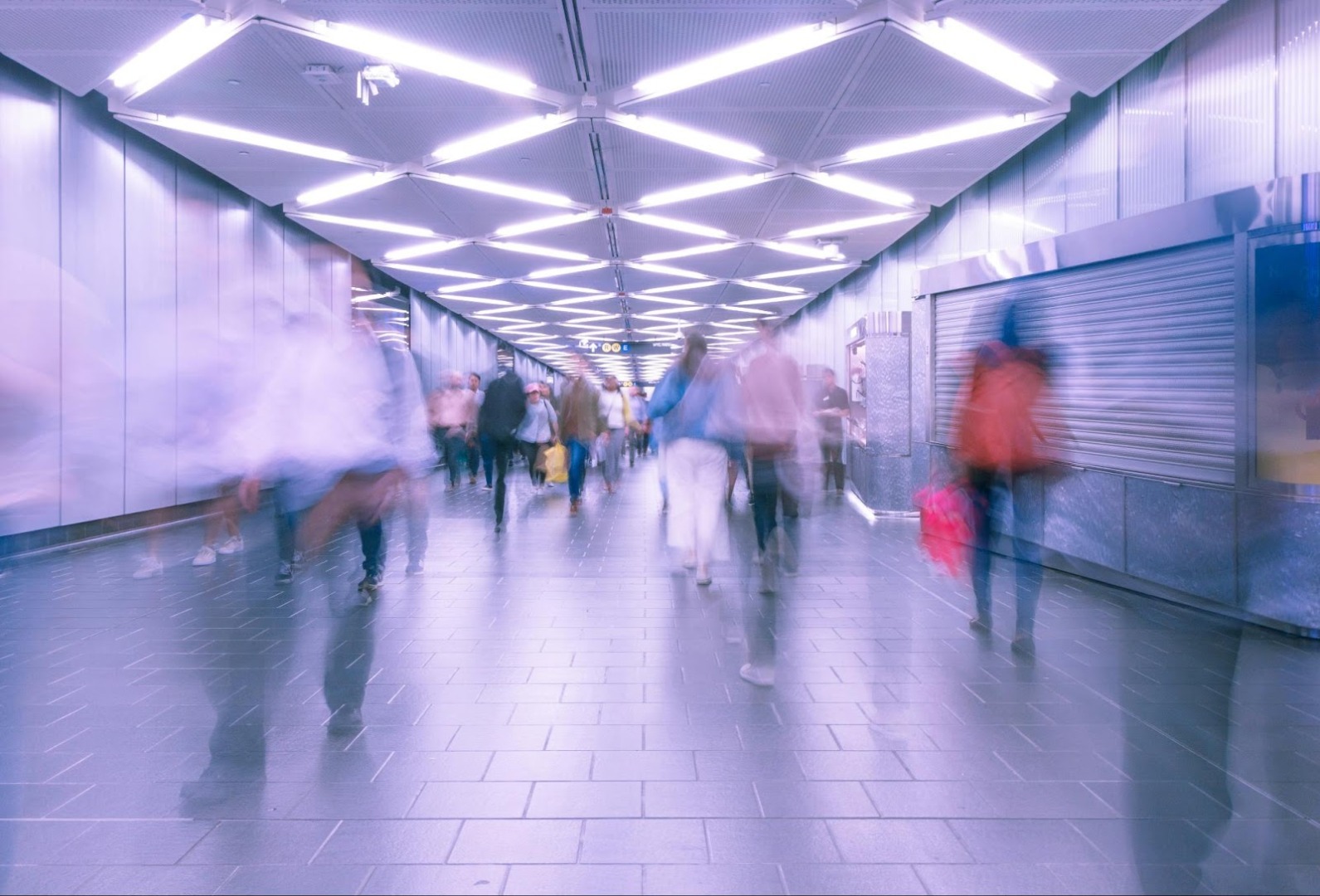Comments
- No comments found

The daily commute can be one of the most stressful parts of a person's day.
Whether you're taking public transit, driving, biking, or walking, certain challenges can make the journey less enjoyable and more frustrating. This article explores several areas where improvements can be made to enhance the commuting experience. From infrastructure to technology, these suggestions aim to provide a better, more efficient, and more pleasant commute for everyone.
Public transportation is a lifeline for millions of people, but it often falls short in terms of efficiency and comfort. Upgrading the transit system includes modernizing trains and buses, increasing their frequency, and ensuring they are clean and well-maintained. Improved scheduling and real-time updates can also significantly reduce wait times and make the experience more predictable.

Ensuring the safety of commuters is paramount in creating a better commuting experience. This includes installing better lighting in public transit areas, improving road safety features, and implementing emergency systems in public transport vehicles. Training transit staff to handle safety issues effectively and providing clear guidelines and information to commuters can also go a long way in making the daily journey safer for everyone. For those commuting in areas prone to heavy traffic, it may also be important to consider legal assistance following a car accident. Navigating the aftermath of a car accident can be stressful, and knowing when traffic is at its worst can help you take preventive measures.
Walking is the most basic form of transportation, yet urban design often neglects pedestrians. Creating more pedestrian-friendly spaces involves improving sidewalks, adding more crosswalks, and implementing traffic calming measures like speed bumps and pedestrian islands. This not only makes walking safer but also more enjoyable.
With more people opting for eco-friendly transportation, there's a growing need for better bicycle infrastructure. Bike lanes should be wider, more protected, and well-distributed throughout cities. Adding secure bike parking facilities can also prevent theft, making biking a more attractive option.
One effective way to improve the commuting experience is to adopt flexible work hours. By allowing employees to start and finish their workdays at non-traditional times, businesses can help reduce peak-hour congestion on roads and public transport systems. Flexible work schedules can also provide workers with the opportunity to choose the most convenient and least stressful times to commute, further enhancing their overall work-life balance.
Traffic congestion is a major issue in many urban areas. Innovative traffic management solutions such as smart traffic lights, congestion pricing, and dynamic lane usage can help alleviate this problem. These technologies can make road travel more efficient, reducing time spent in gridlock and lowering stress levels for drivers.
Technology has the potential to revolutionize commuting. Apps that provide real-time traffic and transit updates, route optimization services, and even augmented reality can make a significant difference in how people navigate their journeys. Seamless integration of these technologies will provide commuters with relevant information at their fingertips, making their trips smoother and more efficient.
Carpooling and ride-sharing initiatives can significantly reduce the number of vehicles on the road, thereby cutting down on traffic congestion and emissions. Employers and communities can promote carpooling by creating incentive programs, designating special parking areas for carpools, and using apps and platforms that connect commuters. These measures can make it easier and more appealing for individuals to share rides, resulting in a more efficient transportation network.
Improving the commute experience also means making it more sustainable. Encouraging the use of renewable energy sources for public transportation, promoting zero-emission vehicles, and increasing green spaces in urban areas are just a few measures that can help reduce the environmental impact of commuting.
Improving the daily commute involves a multifaceted approach that addresses the needs of all types of commuters. By upgrading public transportation, enhancing bicycle infrastructure, implementing innovative traffic management solutions, making urban areas more pedestrian-friendly, integrating smart technologies, and considering environmental impacts, we can create a more efficient, enjoyable, and sustainable commute experience. After all, a better commute not only improves our daily lives but also contributes to the overall well-being of our communities.
Anuja is the Co-founder and CEO of RedAlkemi Online Pvt. Ltd., a digital marketing agency helping clients with their end to end online presence. Anuja has 30 years of work experience as a successful entrepreneur and has co-founded several ventures since 1986. She and her team are passionate about helping SMEs achieve measurable online success for their business. Anuja holds a Bachelors degree in Advertising from the Government College of Fine Arts, Chandigarh, India.
Leave your comments
Post comment as a guest